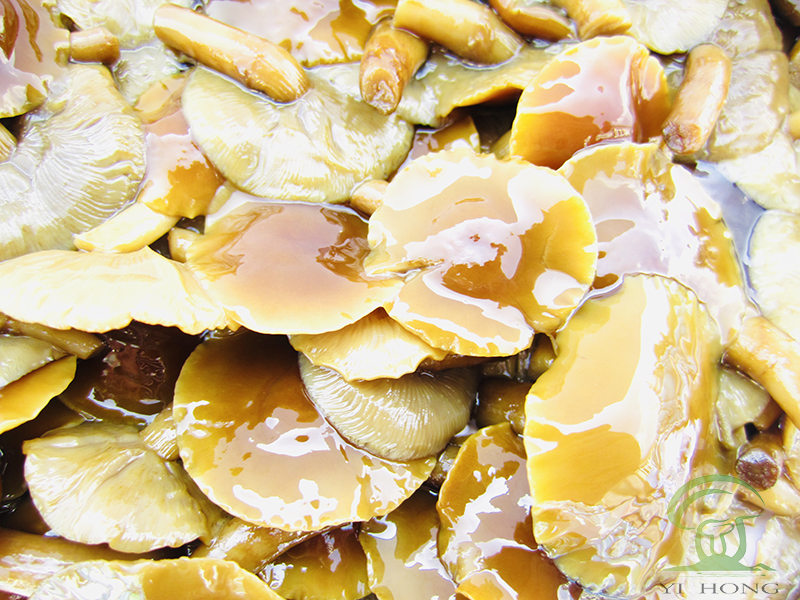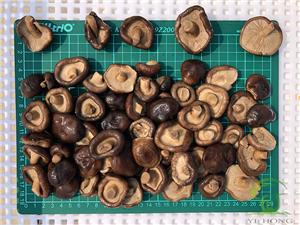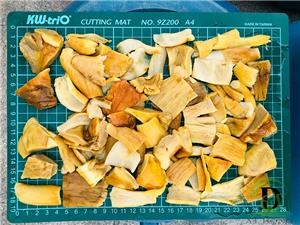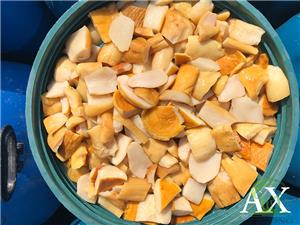Why Choose Nameko Mushrooms in Brine?
In the edible fungus market, nameko mushrooms in brine relies on its unique advantages to occupy an important position and has become the primary choice for the catering industry, food processing and household consumption. Choosing nameko mushrooms in brine is not only because of convenience and stability, but also because of nutritional value and flavor characteristics. In this article, we will tell you why you chose nameko mushrooms in brine from multiple angles.

Fresh slippery mushrooms have high water content and delicate tissues. After harvesting, they can easily rot and deteriorate due to respiration and microbial reproduction under natural conditions. The shelf life at room temperature usually does not exceed three days, which seriously affects the transportation and sales cycle. Salting processing can effectively inhibit the growth and reproduction of bacteria, molds and other microorganisms through the osmotic pressure formed by high concentrations of table salt, while slowing down the enzymatic reaction of the mushroom body and prolonging the shelf life. The salted slippery mushrooms can be stored for six to twelve months in a sealed state, breaking through the restriction of fresh slippery mushrooms that are ready to be picked and eaten.
Slippery mushroom is rich in protein, amino acids, dietary fiber, vitamins, calcium, iron, zinc and other minerals. It is a nutritious edible fungus. During the salting process, although some water-soluble vitamins may be lost due to soaking, most nutrients, such as protein, amino acids, and minerals, are well preserved. At the same time, salting treatment allows the mushroom body to absorb the right amount of salt and form a unique flavor foundation. After desalination and cooking, the slippery mushroom can also maintain its tender taste and rich flavor, not only retaining the original flavor, but also making the taste more layered through the penetration of salt. Compared with dried slippery mushrooms, which take a long time to soak and have a tough taste, nameko mushrooms in brine can be cooked after simple desalination, and the taste is closer to the fresh state, which can better satisfy the pursuit of freshness.
The edible convenience of nameko mushrooms in brine can be adapted to a variety of scenarios. In home cooking, nameko mushrooms in brine only need to be soaked in water and desalinated, and after rinsing, it can be used in salads or pan-frying, eliminating the cumbersome cleaning and preservation steps of fresh mushrooms. In the catering industry, nameko mushrooms in brine can be processed quickly, shorten meal preparation time, and improve meal delivery efficiency. In the field of food processing, nameko mushrooms in brine can be processed into canned food and quick-frozen mushroom products as raw materials, expanding the product form of slippery mushrooms. In short, nameko mushrooms in brine relies on convenient processing characteristics to meet the needs of raw materials in different scenarios, and nameko mushrooms in brine's advantages in shelf life, nutrient retention, and ease of eating make slippery mushrooms the number one choice in the edible mushroom market.
- Company News
- Industry News
- Product News
- Video




